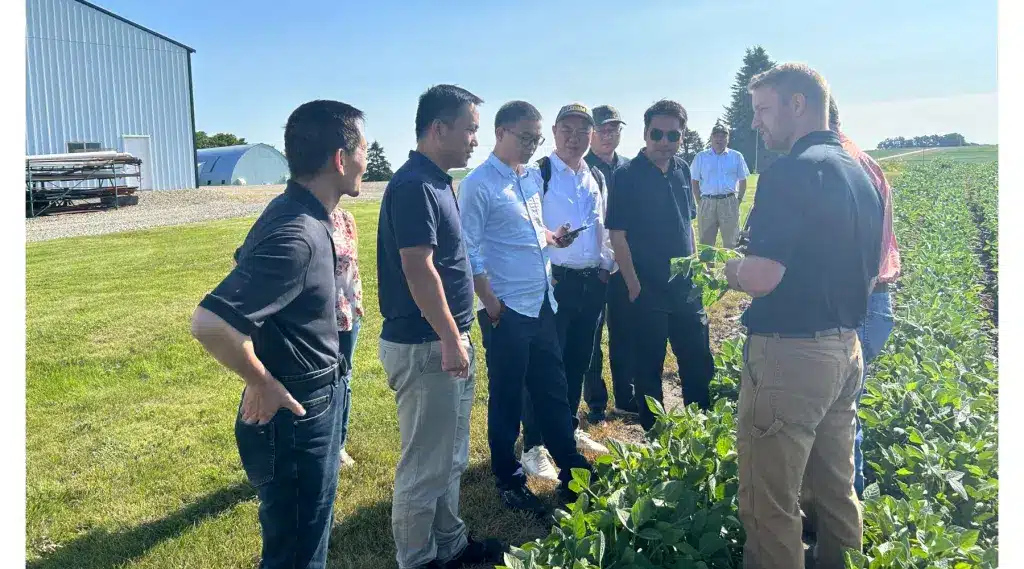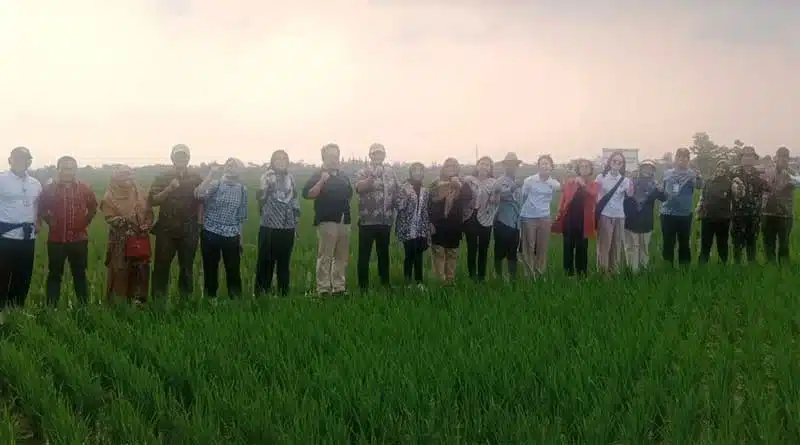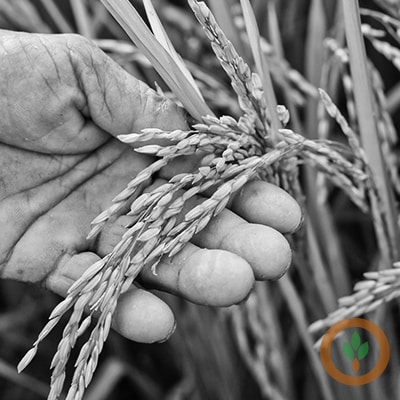Tags
The People v. Tech: Forecasting the Future of Farming

Technology is invading every industry. Already, robots, the Internet of Things (IoT), and artificial intelligence (AI) are daily fixtures in hospitals. From robots to wearables, such as Fitbits and Apple Watches, the skepticism that once surrounded tech in healthcare has quickly transitioned into widespread acceptance. Companies like Meritive and Google Health continue to push the boundaries.
The same tech that has revolutionized healthcare is now transforming agriculture. But agritech doesn’t just make crops and animals grow. As more farmers embrace technology, concerns turn to what this means for who we hire, and how we hire? What can agribusinesses learn from healthcare to make this inevitable transition seamless? The transformations in healthcare can help agribusinesses forecast and prepare for the future of farming.
Robots offer more than service
At the Aalborg University Hospital, robots efficiently transport up to 3,000 blood samples at a stable temperature to ensure accurate analysis and enhanced patient care. And beyond logistical tasks, one robot named PARO responds to touch and sound to reduce stress, anxiety, and loneliness for patients. For individuals with dementia or autism, PARO offers more than just service, but solace.
We are steering towards a future where robots manage both manual and intricate tasks
Agriculture is also embracing the role of robots to alleviate the burden of manual and high-level tasks for efficiency and peace of mind. Agricultural robots from companies likeAgrointelli and Naïo Technologies can seed, weed, spray, and harvest. These robots reduce labor costs, improve crop quality, minimize environmental impact, and enhance data analysis to alleviate the farmers’ decision-making and, ultimately, workload stress. Just as in healthcare, we are steering towards a future where robots manage both manual and intricate tasks.
Text continues below picture

Internet of Things (IoT)
By providing real-time and relevant data to healthcare professionals, IoT technologies, such as smart devices and wearables, have transformed the work of hospital staff. These health devices eliminate the need for continuous monitoring, allowing bedside staff to allocate their time to other tasks.
IoT applications in agribusiness are taking a similar route. Companies like Calian and Link Labs use sensors to measure various parameters such as grain temperature, moisture, quality, soil nutrients, and weather conditions. In the past, these tasks were time-consuming and labor-intensive, and often prone to observational errors. Now, IoT devices can instantly aggregate accurate agronomic data for better decision-making, significantly reducing the need for human labor.Aidan Connolly is the President of AgriTech Capital LLC and described by Forbes as a food/farm futurologist. his new book ‘The Future of Agriculture’ or follow Aidan on Twitter or LinkedIn.
Artificial intelligence (AI)
Medical errors, which cost the healthcare industry $1.9 billion annually and result in over 200,000 fatalities, are often caused by fatigue, memory lapses, lack of experience or training, and misunderstandings. These losses can be reduced by AI. The use of AI in healthcare, provided by companies like IBM Watson Health, Google Health, and Babylon Health, has already improved disease detection and patient outcome predictions.
AI can minimize human errors in farming by automating tasks, optimizing resources, and enhancing data analysis
Similarly, AI can minimize human errors in farming by automating tasks, optimizing resources, and enhancing data analysis. Companies like Farmwave and EFC systems have developed AI platforms that provide farmers with real-time insights and data-driven recommendations. With the power of AI computations and big data, farmers can better navigate the complexities of weather patterns, genetic variations, market volatility, and the soil microbiome.
Text continues below picture

Forecasting the Future of Farming
In healthcare, robots, IoT, and AI have both improved healthcare quality and displaced jobs, even highly skilled labor, creating concerns about the future of employment across the board. But we still have medical professionals; their roles have just shifted.
According to a study by MIT and Brigham and Women’s Hospital, while many patients are open to interacting with robots for certain healthcare services, such as minor procedures, they overwhelmingly prefer human interaction for more complex or sensitive matters, like diagnosis or counseling. And right now, medical jobs have a job growth of 19% and will add more than 2.3 million jobs in the next few years – the best job outlook out of any field. It’s unlikely that robots, IoT, and AI will replace human healthcare workers. Instead, they are poised to enhance their capabilities and free them up for more meaningful tasks.
Creating more jobs than displacing
Across all industries, some studies suggest that AI and robotics could create more jobs than they displace. For example, a report by PwC states that ““AI and related technologies, such as robotics, drones, and driverless vehicles, could create approximately 7.2 million jobs in the UK over the next 20 years, more than compensating for the estimated 7 million jobs that might be displaced.”
If automation replaces jobs, it targets those that people don’t want to do
Agriculture can expect a similar change. Traditionally, workers have left farming due to poor pay and harsh conditions. Even before the agritech revolution, agriculture suffered a “people problem” for decades. Employment in the U.S. was expected to increase by only 1%. If automation replaces jobs, it targets those that people don’t want to do. This paves the way for more stimulating, higher-paying work that attracts and retains a flexible workforce. That said in the way in which doctors and nurses roles have changed we may expect to see the same for nutritionists, veterinarians, agronomists and other specialized agricultural professionals.
Text continues below picture

Flexibility of the workforce
The challenge is then the flexibility of the workforce. A McKinsey survey revealed that more than 50% of large farms and nearly one-quarter of small farms are adopting precision agriculture, indicating a rise in skilled labor needs. To keep up with the demand for highly-skilled human workers, investment in talent is paramount.
The survivors in farming will be the ones who adapt and adopt technology the fastest
As I note in my new book, The Future of Agriculture, education and training programs are the most sure-fire ways to cultivate a diverse and flexible workforce that evolves with each innovation. Companies like Ever.Ag are demonstrating how to strengthen agribusinesses from the top down, using data to assess risks and capturing opportunities, while Plenty strengthen organizations from bottom-up through employee training. Hiring talented people has never been more important as leading food and agri executive search group Kincannon and Reed have reported recently.
Ultimately the survivors in farming will be the ones who adapt and adopt technology the fastest. And if agribusinesses learn from healthcare and invest in the workforce now, these technologies could boost productivity and usher in new levels of prosperity. Combined with workforce readiness, this technological shift will pave the way for an sustainable abundant future for food production.
https://www.futurefarming.com/tech-in-focus/the-people-v-tech-forecasting-the-future-of-farming/Published Date: August 24, 2023







